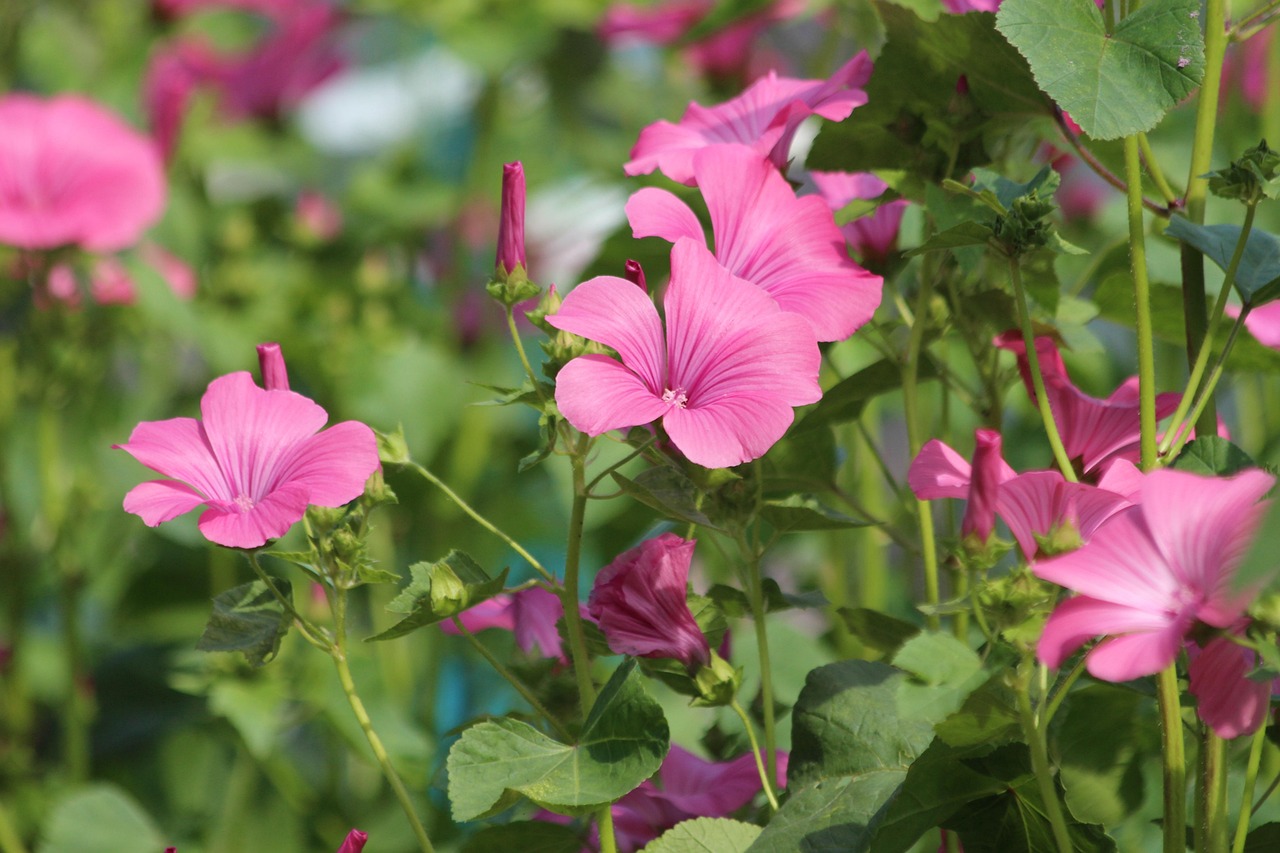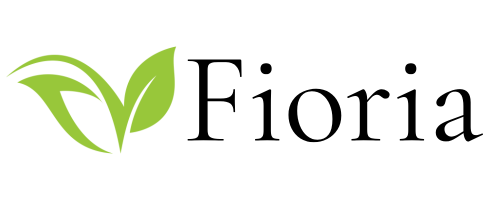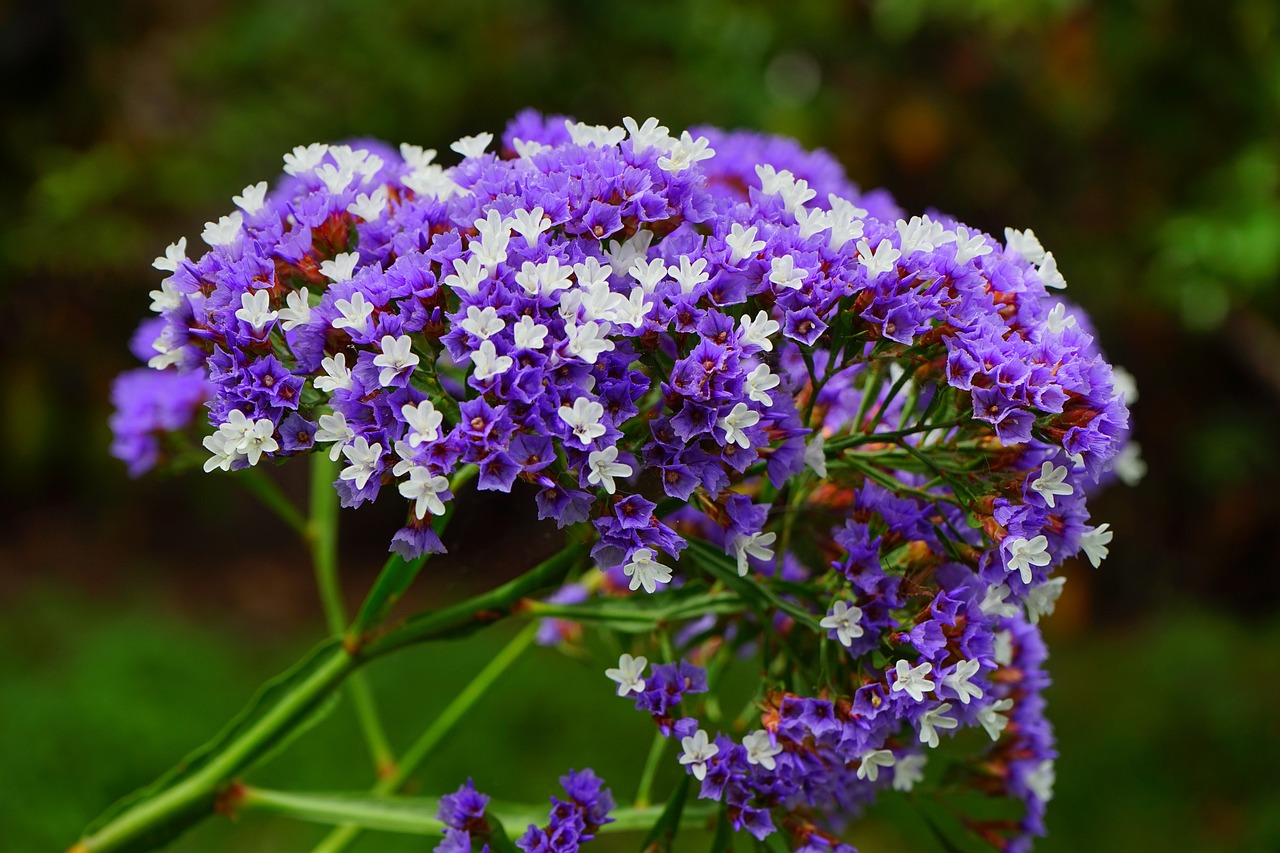Hollyhock | A Traditional Flower Blooming in Medieval Monasteries and Herb Gardens

I introduce the hollyhock, an annual plant belonging to the Malvaceae family, native to the Mediterranean coastal regions. Its large blossoms harmonize with its light foliage, and it has long been cultivated as an ornamental plant.
Deeply rooted in the history of European horticulture, this plant became widely appreciated with the development of modern gardens.
In this article, I explain the botanical characteristics, cultural background, and essential cultivation points of the hollyhock in detail.
Basic Information
- Scientific name: Lavatera trimestris
- Family: Malvaceae
- Origin: Mediterranean coastal regions (including Spain, Italy, and North Africa)
- Appearance: It grows to a height of 60–100 cm. Its large flowers, about 10 cm in diameter, come in pale pink, white, and deep rose shades. The petals often have dark radiating veins, and the flowers swaying in the wind create a delicate and refreshing impression. The leaves are palmately lobed, giving the entire plant a soft look.
- Blooming season: From June to early October, producing continuous blossoms.
Cultural Significance Worldwide
The hollyhock has been cherished in Southern Europe as a decorative flower, becoming especially important in the gardening culture of the 19th century.
In England, during the Victorian era, it was widely planted in formal flowerbeds to brighten summer gardens. Because of its rich colors and ease of cultivation, it spread to public flowerbeds, educational gardens, and eventually private households.
In France, from the late 19th to early 20th centuries, it was valued in naturalistic gardens, which embraced rural landscapes. Its suitability for natural group plantings rather than formal layouts made it a popular choice for recreating rustic scenery even in urban settings.
In the United States, from the early 20th century, hollyhocks were introduced into country gardens and perennial borders, and they became established in public facilities, schools, and home gardens across regional towns.
Thus, the hollyhock became a flower symbolizing the passing of the seasons within various regional gardening traditions.
Historical Background
The genus Lavatera was named after Johann Heinrich Lavater, a Swiss physician and botanist of the 17th century, and his family.
Although originally known as a wildflower, Lavatera trimestris was brought from the Mediterranean in the late 16th century and spread across Europe as an ornamental plant.
By the 18th century, breeding programs were carried out by the Royal Horticultural Society in England and horticultural institutes in France, producing improved varieties with diverse colors and greater resistance.
After the Industrial Revolution in the 19th century, horticulture became accessible to the middle class, and hollyhocks gained rapid popularity as affordable yet beautiful annual flowers.
In this way, the hollyhock was enjoyed across all social classes, from aristocracy to common households.
Gardening Advice
Hollyhocks are hardy and suitable for both flowerbeds and container gardening. To enjoy their blossoms for a long time, I recommend the following points:
Sunlight
They prefer full sun, ideally six hours or more per day. Without sufficient light, the stems elongate excessively, and flowering is reduced.
Watering
Water generously when the soil surface becomes dry. Although fairly tolerant of drought, they require careful watering during hot summer months.
Soil
Well-drained yet moisture-retentive soil is ideal. Mixing commercial flower soil with leaf mold or perlite works effectively.
Fertilizer
Apply diluted liquid fertilizer once every 10 days during the growing and flowering seasons. Follow the recommended dilution carefully to avoid excessive vegetative growth.
Pruning and care
Regularly remove spent flowers to maintain plant vigor. If the plant becomes untidy after the rainy season, lightly cut it back to restore its shape.
Conclusion
The hollyhock, an annual native to the Mediterranean coast, has repeatedly attracted attention throughout European horticultural history since the 16th century.
From the formal gardens of the Victorian era to the naturalistic designs of the 20th century, it has adapted to various gardening philosophies.
Even today, its diverse colors and long blooming season are highly valued, making it widely planted in private gardens and public green spaces alike.
With proper care according to the environment, hollyhocks can be enjoyed as seasonal flowers from early summer through autumn.




